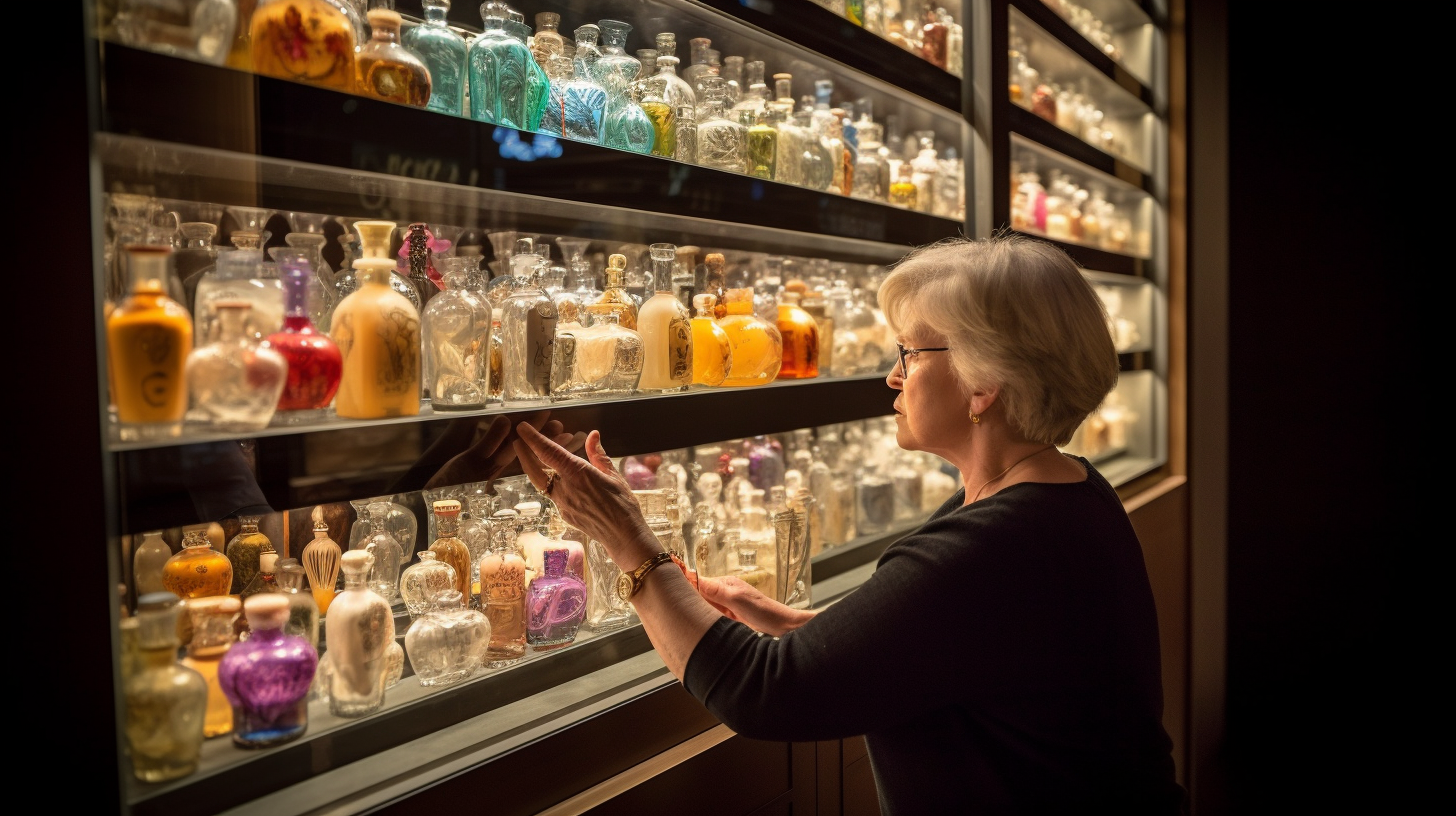Understanding Fragrance Ingredients: What You Need to Know
Fragrances are an essential part of our daily lives, from the perfumes we wear to the scented candles we light in our homes. However, many people are unaware of the fragrance ingredients that make up these products. In this blog post, we will discuss everything you need to know about fragrance ingredients, including their sources, properties, and safety considerations.
What are Fragrance Ingredients?
The primary keyword for the topic would be “fragrance ingredients”. Fragrance ingredients refer to the various components used to create a scent or aroma in perfumes, colognes, and other scented products. They can come from a variety of sources, including natural essential oils and synthetic chemicals.
Perfume components can be divided into several categories:
- Scent elements: These are the primary fragrant materials that provide the perfume’s overall scent. They can be natural or synthetic.
- Aroma compounds: These are complex chemicals that give specific smells like floral, fruity or woody notes.
- Essential oils: These are concentrated plant extracts obtained through distillation or expression. Essential oils have been used in perfumery for centuries and provide natural scents for fragrances.
- Fragrance chemicals: These are synthetic compounds designed to mimic natural scents or create entirely new ones. Many modern perfumes use fragrance chemicals due to their affordability and versatility.
Sources of Fragrance Ingredients
The sources of fragrance ingredients vary widely depending on whether they are natural or synthetic. Natural fragrance ingredients come from botanical sources such as flowers, fruits, leaves, seeds, wood bark etc., while synthetic fragrance ingredients are manufactured in a laboratory.
Some of the most popular natural fragrance ingredients include:
- Rose: Rose is one of the most popular floral scents in perfumes. It is extracted from the petals of the Rosa damascena plant.
- Jasmine: Jasmine is another popular floral scent. It is extracted from the flowers of the Jasminum grandiflorum plant.
- Lavender: Lavender is a popular scent used in aromatherapy and perfumes. It is extracted from the flowers of the Lavandula angustifolia plant.
- Sandalwood: Sandalwood is a woody scent that has been used in perfumery for centuries. It is obtained from the heartwood of Santalum album trees.
Synthetic fragrance ingredients are often less expensive than natural ones, and they offer more versatility in terms of creating new and unique scents. Some popular synthetic fragrance ingredients include:
- Musk: Musk is a synthetic fragrance ingredient that mimics the scent of animal musk. It has been used in perfumery for centuries, but its use is now limited due to ethical concerns.
- Vetiver: Vetiver is a synthetic fragrance ingredient that mimics the earthy scent of vetiver grass. It is often used as a base note in perfumes.
- Ambergris: Ambergris is a synthetic fragrance ingredient that mimics the scent of real ambergris, a waxy substance produced by sperm whales. Its use has also been limited due to ethical concerns.
Safety Considerations for Fragrance Ingredients
While fragrance ingredients are generally safe when used in small quantities, some people may have allergic reactions to certain scents. Synthetic fragrance chemicals are often more likely to cause an allergic reaction than natural ones.
In the United States, the International Fragrance Association (IFRA) sets standards and guidelines for fragrance ingredient safety. The IFRA’s standards are based on scientific research and are designed to protect consumers from potential allergic reactions or other adverse effects.
When using fragrances, it is essential to follow the instructions provided by the manufacturer carefully. Avoid applying fragrances directly to the skin if you have sensitive skin or a history of allergic reactions. Instead, try spraying the perfume onto clothing or using a scented lotion or oil to reduce direct contact with the skin.
The Benefits of Fragrance Ingredients
Fragrance ingredients provide several benefits beyond just making things smell good. For example:
- Mood Enhancement: Certain scents can improve mood and reduce stress levels. Lavender, for example, has been shown to have a calming effect on the body and mind.
- Memory Enhancement: Scents can also trigger memories and emotions. A particular scent might remind you of a favorite childhood memory or a special event in your life.
- Aromatherapy: Essential oils are often used in aromatherapy to treat various ailments such as headaches, insomnia, and anxiety.
The Challenges of Fragrance Ingredients
Despite their many benefits, fragrance ingredients can pose several challenges. For example:
- Allergies: As mentioned earlier, some people may have an allergic reaction to certain scents.
- Regulation: Fragrance ingredients are not always well-regulated, and some manufacturers may use potentially harmful ingredients in their products.
- Sustainability: Some fragrance ingredients, particularly those derived from endangered or protected species, may not be sustainable in the long term.
Conclusion
Fragrance ingredients are an essential part of our daily lives, providing us with pleasant scents that can improve our mood and enhance our memories. However, it is crucial to be aware of the potential dangers of fragrance allergies and to use fragrances responsibly. By following the guidelines set by organizations like the IFRA and using fragrances safely and sensibly, we can continue to enjoy the benefits of fragrance ingredients for years to come.




